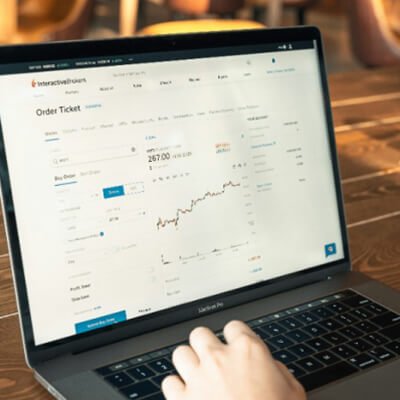
Leverage is a powerful tool in trading that allows traders to control larger positions in the market with a relatively small amount of capital. While leverage can amplify profits, it also comes with significant risks. Understanding how leverage works and how to use it responsibly is essential for every trader.
What is Leverage?
Leverage is essentially borrowed capital provided by a broker to increase a trader’s market exposure. It is expressed as a ratio, such as 1:10, 1:50, or 1:100. For example:
- A leverage ratio of 1:10 means that for every $1 of your own money, you can control $10 worth of a trading position.
- This magnifies both potential gains and potential losses.
How Does Leverage Work?
Leverage allows traders to open positions much larger than their initial deposit, known as the margin. Here’s an example:
- If you have $1,000 in your trading account and use 1:50 leverage, you can control a position worth $50,000.
- Even small price movements can result in significant profits or losses due to the magnified exposure.
Advantages of Using Leverage
Leverage offers several benefits for traders, including:
- Increased Market Exposure: It allows traders with limited capital to access larger market opportunities.
- Potential for Higher Returns: Successful trades can result in amplified profits compared to trading without leverage.
- Flexibility: Leverage can be tailored to fit a trader’s strategy and risk tolerance.
Risks of Leverage
Despite its advantages, leverage carries substantial risks, such as:
- Amplified Losses: Losses can exceed your initial investment if not managed carefully.
- Margin Calls: Brokers may require additional funds if your account balance falls below the required margin.
- Emotional Stress: High leverage can lead to significant fluctuations, making it emotionally challenging to manage trades.
How to Use Leverage Responsibly
To maximize the benefits of leverage while minimizing risks, consider the following tips:
- Understand Your Risk Tolerance: Choose a leverage ratio that aligns with your financial goals and risk appetite.
- Use Stop-Loss Orders: Protect your capital by setting predefined exit points for losing trades.
- Start Small: Begin with lower leverage ratios, especially if you are new to trading.
- Monitor Your Positions: Keep a close eye on your trades to ensure you can manage sudden market movements.
- Educate Yourself: Gain a deep understanding of leverage and practice on demo accounts before trading with real money.
Conclusion
Leverage is a double-edged sword in trading. While it can enhance your potential for profit, it also increases the risk of significant losses. By understanding the fundamentals of leverage and implementing sound risk management practices, traders can harness its power responsibly and effectively. Always approach leverage with caution and prioritize long-term financial stability over short-term gains.